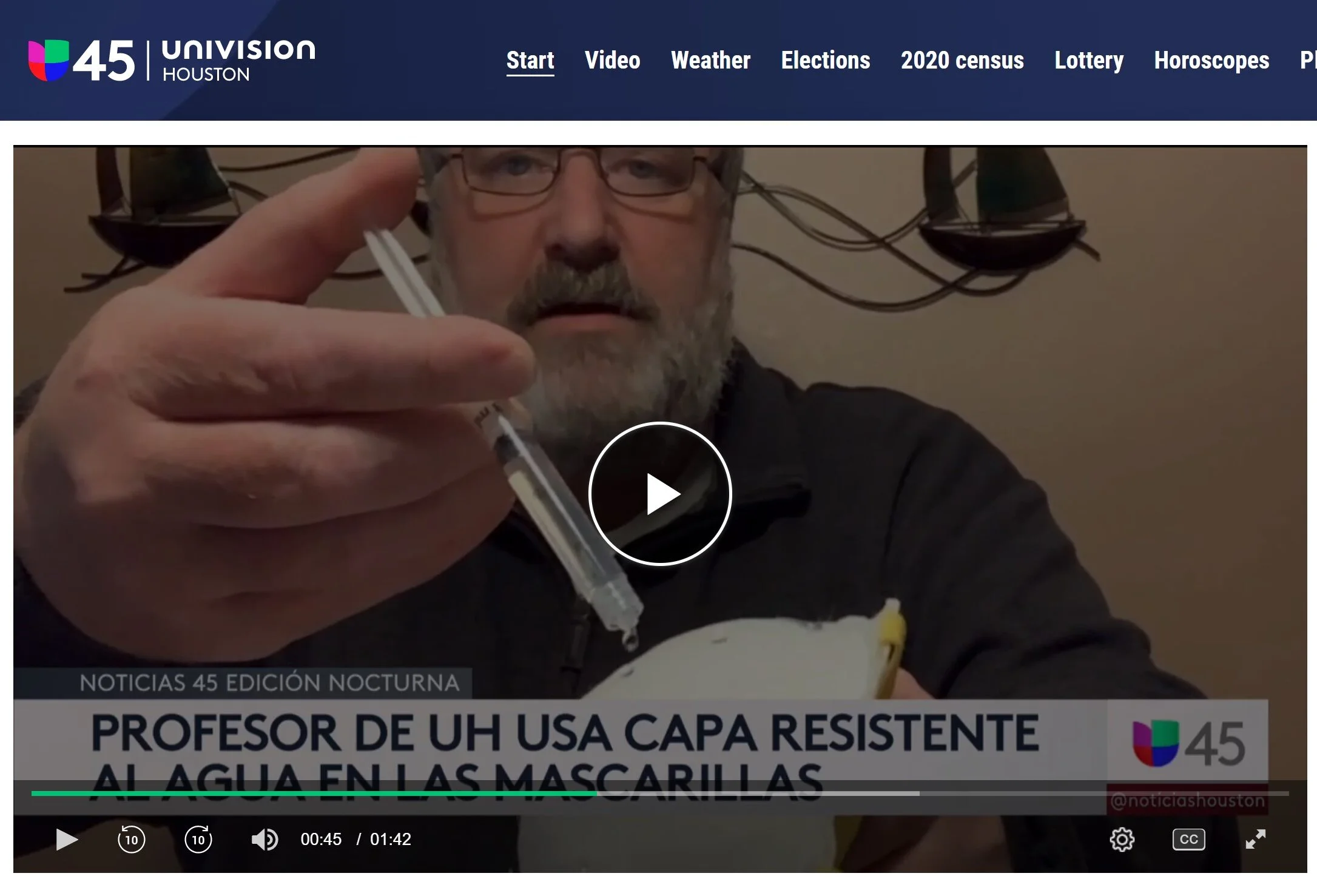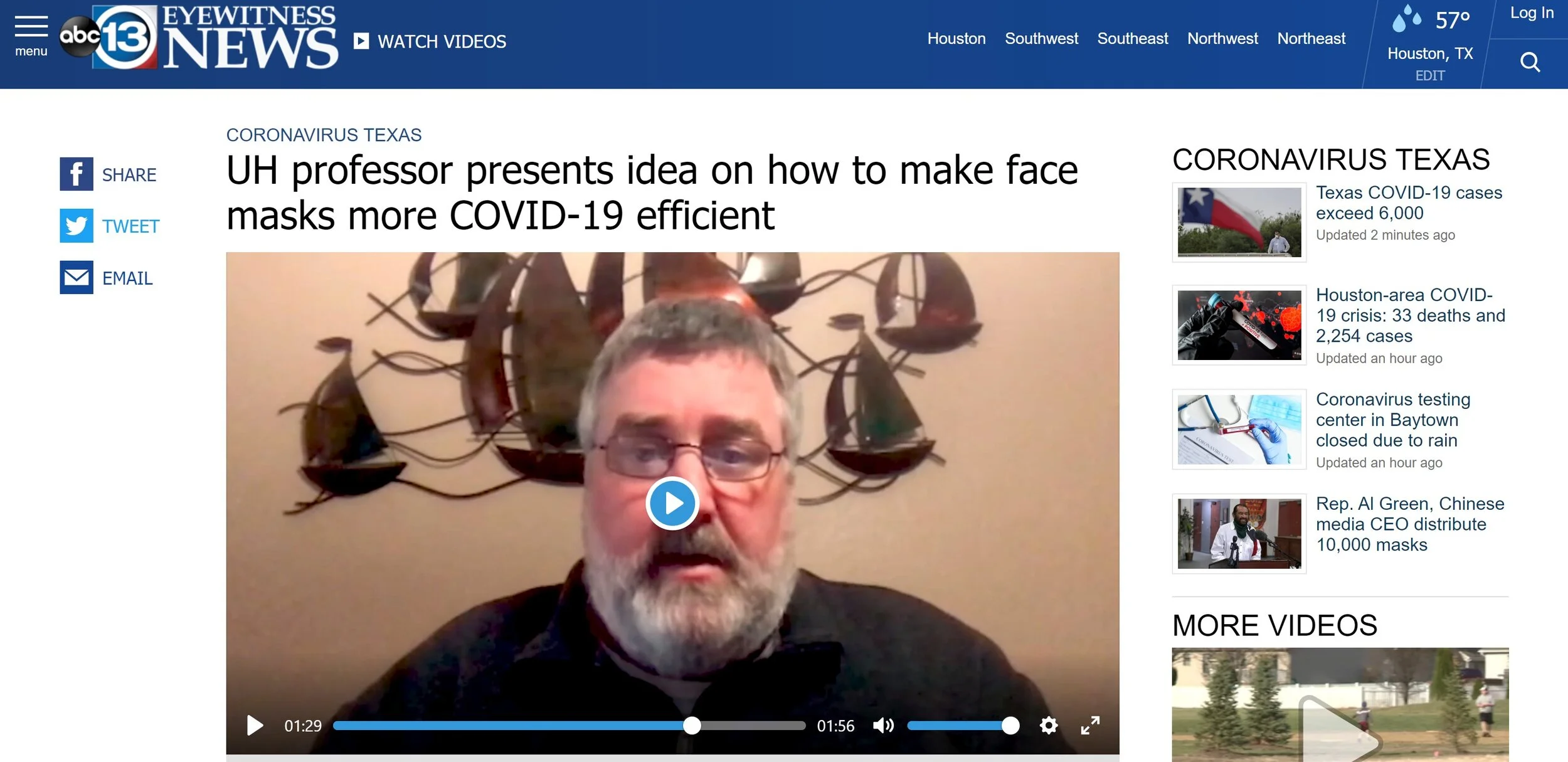Huge congratulations to our CEO, Prof. Shay Curran, for being featured in the UH Media.
Sealer Protects Clean-Burning Wood Pellets from Water Damage
Original article by-
Jeannie Kever
jekever@uh.edu
713-743-0778
Global energy demand is growing as developing nations expand electric service, prompting efforts to find a readily available source of fuel that is more environmentally friendly than coal.
A nanotechnology company based at the University of Houston’s Technology Bridge research park has a suggestion.
Countries in Europe and Asia already are using wood pellets – a form of biomass made up of compressed sawdust and other wood waste – to fuel power generating stations in an effort to cut fossil fuel emissions.
There are drawbacks, including the fact that the pellets disintegrate easily if exposed to water or even high humidity, raising the cost of storage and transportation. Using solid wood pellets can help, but that raises the cost substantially.
Seamus “Shay” Curran, a physicist at UH and CEO of Integricote, said researchers have discovered that a nanotech coating can protect the composite pellets from degradation without affecting how they burn or the amount of energy they can produce.
The company launched in late 2013, marketing a water- and stain-repellant coating developed by Curran. It later changed its name to Integricote and now offers products to seal and stain wood, masonry and concrete. They work by penetrating the surface of the material and forming a protective barrier below.
The pellets don’t burn as hot as coal, so more pellets must be burned to produce an equivalent amount of energy. But Curran said the pellets are a green energy solution because they produce fewer emissions than either coal or larger chunks of wood and can be produced from wood waste.
“It makes sense to use this,” he said. “We have issues with coal, so could we change our coal-fired plants to use something else?”
Wood pellets are produced in the United States and Canada, making them a domestic energy solution, Curran said.
Integricote markets its sealers and stains under the name CaraPro and produces them in facilities at the UH Technology Bridge (formerly known as the Energy Research Park) on the Gulf Freeway.
They are available on the East Coast through a distributor and are also sold through the website.
The coating for pellets would be the company’s first industrial product; Curran said Integricote is currently looking for a partner to produce the treated pellets.
“I got into this thinking I could solve a problem,” he said. “We don’t have to shut down every coal plant to be thinking green.”
- Jeannie Kever, University Media Relations




















